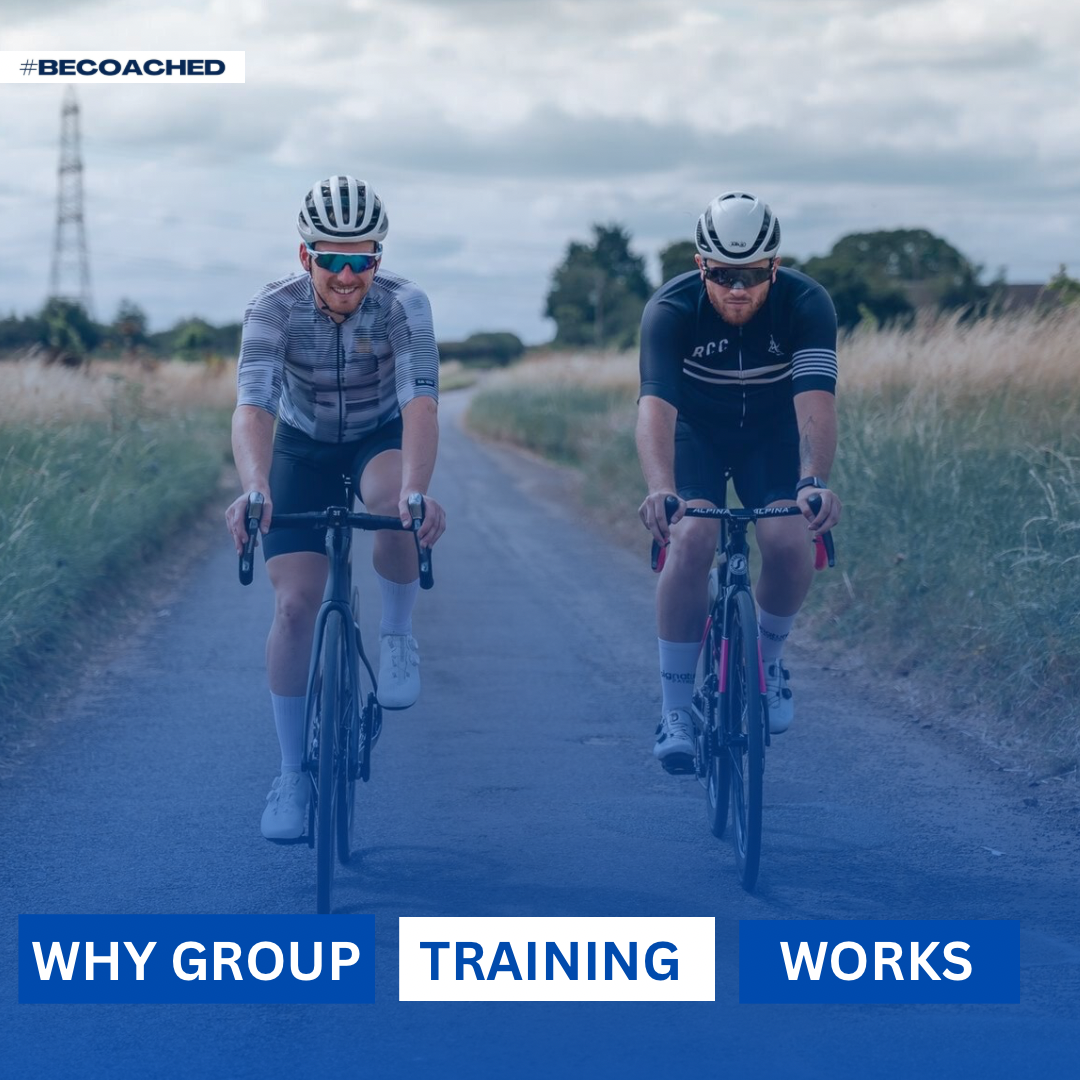Why Group Riding Can Transform Your Cycling Training
Cycling is often seen as a solo pursuit—just you, your bike, and the road ahead. However, incorporating structured group rides into your training can be one of the most effective ways to improve your fitness, handling skills, and racecraft. Whether you’re an aspiring racer or a dedicated enthusiast, riding with others can unlock significant performance benefits that solo training simply can’t replicate.
Physiological Gains: More Than Just Miles in the Legs
1. Increased Training Load Without Increased Perceived Effort
Group riding naturally increases training volume and intensity without the same mental and physical fatigue as solo training. The aerodynamic advantage of drafting can reduce energy expenditure by up to 30%, allowing you to sustain higher speeds for longer periods. This means you can accumulate more high-quality training time in upper endurance and tempo zones without excessive fatigue.
2. Exposure to Variable Intensity Efforts
Unlike steady-state solo rides, group rides are highly dynamic. You’ll experience fluctuations in effort—accelerations out of corners, surges on climbs, and tactical sprints—that closely mimic real-world race scenarios. This variability helps develop anaerobic capacity, high-intensity repeatability, and neuromuscular coordination, making you a more resilient and adaptable rider.
3. Improved Pacing and Aerobic Efficiency
When training alone, it’s easy to over- or under-pace efforts. Riding in a well-structured group teaches you how to modulate your energy expenditure, conserve effort in the draft, and execute sustained efforts at threshold—critical for time trials and breakaways.
Technical and Tactical Benefits: Racecraft in Action
1. Advanced Bike Handling Skills
Riding in close proximity to others forces you to refine your bike handling—reading movements, holding a straight line, cornering at speed, and responding to unexpected shifts in pace. These micro-adjustments not only make you safer but also significantly improve your efficiency and confidence in high-pressure race situations.
2. Learning Pack Dynamics and Race Tactics
Even if you don’t race, understanding group dynamics is invaluable. You’ll learn how to position yourself effectively, manage efforts within a peloton, and anticipate attacks—skills that directly translate to road racing, sportives, and even gran fondos.
3. Sprinting and Surging Under Pressure
In a group, the competitive edge naturally kicks in. You’ll be forced to dig deeper in sprints, react to breakaways, and hold sustained power outputs you might struggle to achieve alone. This competitive stimulus is essential for developing race-winning fitness.
Psychological and Social Benefits: The Motivation Factor
1. Increased Motivation and Accountability
Solo training requires immense mental discipline. A structured group ride provides built-in accountability—if you commit to showing up, you’re less likely to skip sessions. It also helps push you harder than you might go alone, reinforcing consistency in training.
2. Mental Resilience and Tactical Thinking
Riding in a fast-moving group demands split-second decision-making. Do you follow an attack or sit in the wheels? Do you work at the front or save energy for a sprint? These decisions hone your mental toughness, which is crucial in both racing and endurance events.
3. Community and Enjoyment
Cycling is as much about the experience as the numbers. Training in a group fosters camaraderie, shared goals, and a sense of belonging—key factors in long-term motivation and progress. When training is enjoyable, you’re more likely to stay consistent and committed to your goals.
How to Incorporate Group Riding into Your Training Plan
While group rides are beneficial, they should be strategically integrated into a structured training plan. At Raceline Coaching, we advise cyclists to balance solo and group sessions based on their specific goals:
Endurance Development: Use longer group rides at a steady pace to build aerobic base fitness.
Threshold and VO2 Max Work: Select group rides that include structured efforts, such as race-pace simulations or hilly terrain.
Race-Specific Preparation: Incorporate competitive group rides to fine-tune tactical awareness and anaerobic conditioning.
Recovery and Skill Development: Join social-paced rides to refine bike handling and maintain consistency without excessive fatigue.
Train Smarter with Raceline Coaching
At Raceline Coaching, we specialise in creating tailored, data-driven training plans that maximise your strengths while addressing areas for improvement. Whether you’re preparing for a race or looking to enhance your cycling performance, our coaching ensures you train smarter, not just harder.
By strategically incorporating group rides into your plan, you’ll see noticeable improvements in fitness, efficiency, and tactical awareness—without unnecessary fatigue or wasted effort. If you’re ready to elevate your cycling performance, get in touch with Raceline Coaching today.





